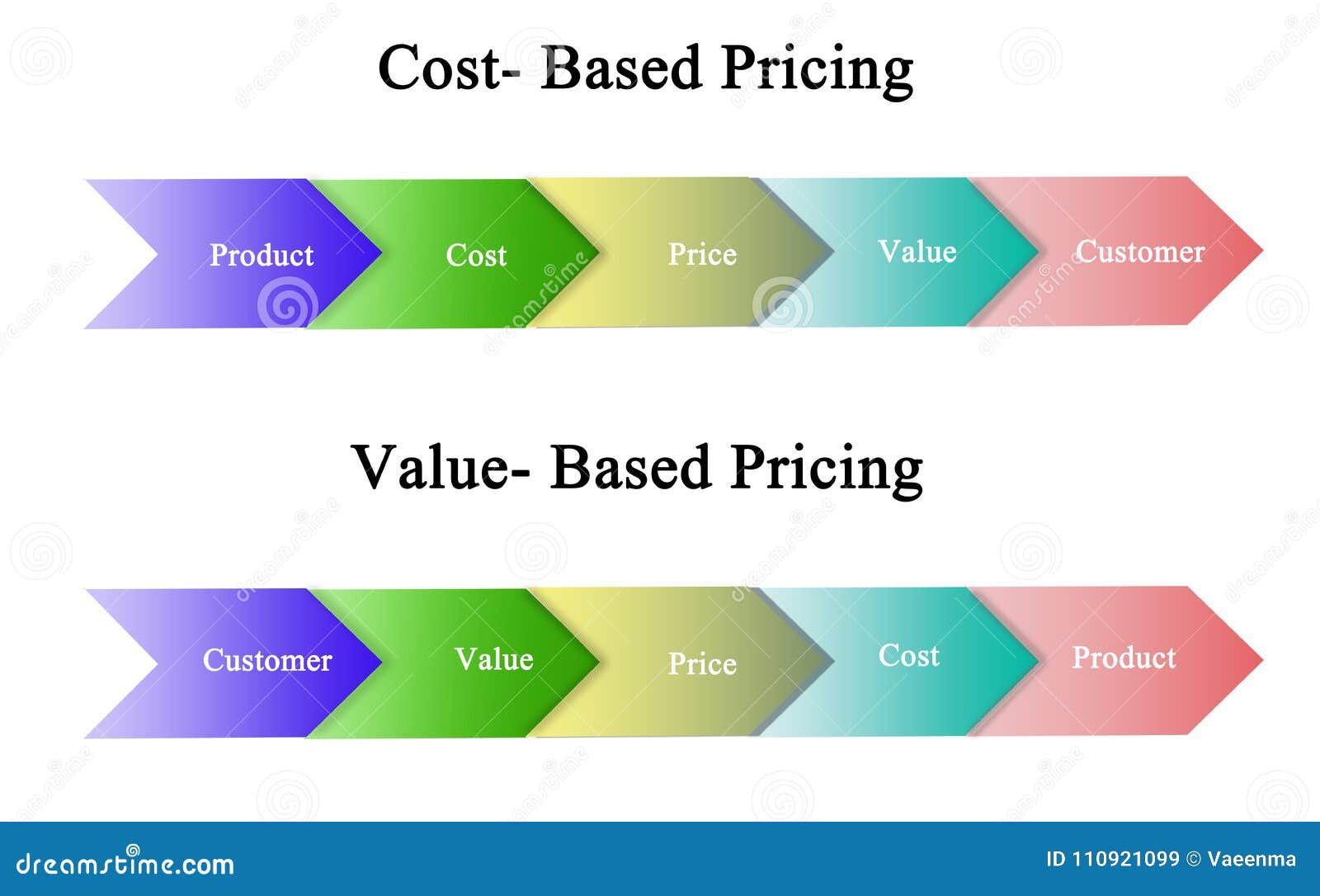

This allows them to price products according to what they think the customer is willing to pay for them, in addition to their production costs and preferred profit margin.Ĭompanies offering specialized products, features, and services are best positioned to use the value-based model - those selling commoditized products and services tend to use more straightforward cost-based pricing strategies. To determine a selling price using value-based pricing, businesses must gather and quantify customer data to make informed decisions. The value-based approach goes beyond traditional cost-plus pricing, which simply calculates costs and adds a predetermined profit margin. With value-based pricing, businesses determine what customers are willing to pay for their products based on how much they believe it is worth. Value-based pricing is a pricing strategy based on the buyer’s perceived value of a product or service.
#Cost based pricing vs value based pricing how to

The problem with this type of cost-based strategy, Maor says, is that price doesn't just define the value of your product your product also defines the price. This chain charged roughly 10 percent less than the market average, but because it looked like an upscale grocer, customers perceived that they were paying more than they actually were. Lowering the regular retail price caused customers to actually value the products less.Īnother example is a study commissioned a few years ago by a grocery chain operating around the D.C. Then, in came a new CEO who decided to stop all discounts, sales, and coupons, and switching to a cost-plus-markup model all the time.

Previously, the department store chain was known for regularly running sales where it would slash the retail price by 50 percent or more.

For example, he points to the recent failure of J.C. This is the easiest option, but it risks leaving money on the table, Maor says.
#Cost based pricing vs value based pricing plus
They can choose from cost-based, competitor-based, or value-based pricing strategies.Ī cost-based pricing strategy involves charging for your own costs, plus a small markup. through key partnerships with corporations, investors, mentors, and experts.Ĭost-based pricing leaves money on the tableĪccording to Maor, startups generally have three pricing strategies. As the director of innovation and strategy at NUMA New York, he helps startups scale in the U.S. Maor facilitates data-driven clarity and empowers founders to tackle their startup's biggest obstacles to growth.


 0 kommentar(er)
0 kommentar(er)
